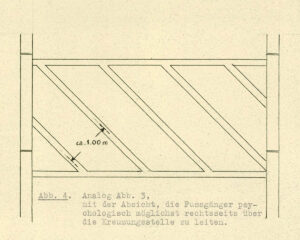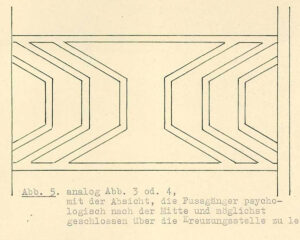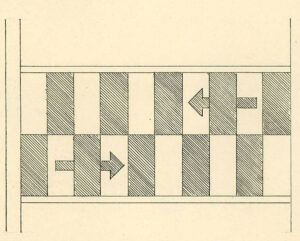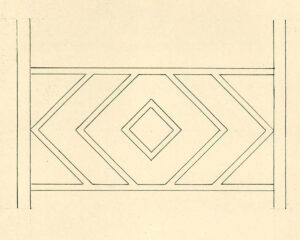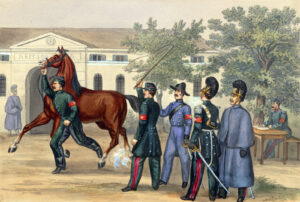
The first pedestrian crossing
Today, pedestrians almost always have right of way. That hasn’t always been the case. Since the first zebra crossing was installed in Basel in 1948, however, pedestrian road use has become a lot safer.
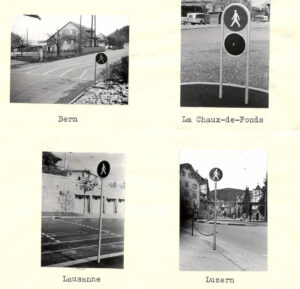
At a pedestrian crossing motor vehicle drivers must slow down and, if necessary, stop to allow pedestrians already on the crossing to cross the road without hindrance.
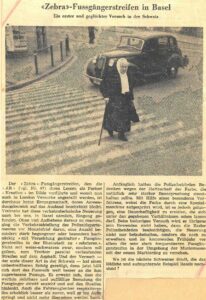
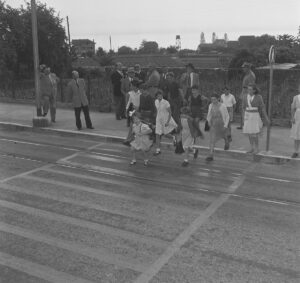
The first time…
There’s always a first time. In this series, we will be looking at historic Swiss firsts. The topics covered are very diverse: from the first zebra crossing to the first ever popular initiative. The articles have been produced in cooperation with the Schweizerisches Bundesarchiv (Swiss Federal Archives).

